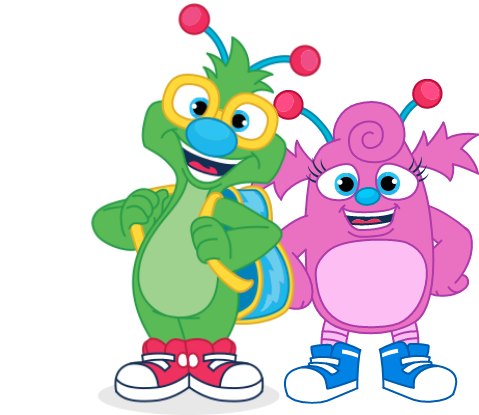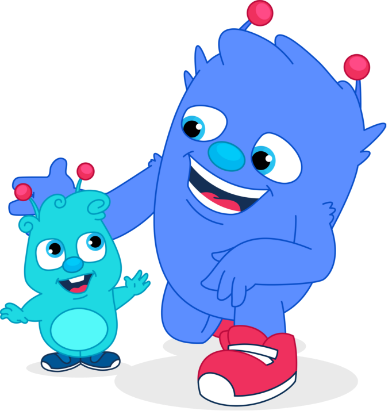January 10, 2020
5 Things We Learned From Studying Our Infant & Toddler Educational Programs
Contributed by: Toni Berrafato, Director of Evaluation and Learning
This past spring our Program Evaluation and Education Teams combined efforts to complete a study of our educational program in our infant, 1-year-old, and toddler age groups and our findings left us extremely proud of our BRAVO! curriculum and teaching teams.
Our BRAVO! lesson plans, that make up our education program, are developed by our Education Team and exclusive to Doodle Bugs! They are thoughtfully created to encourage growth and learning for children in a developmentally appropriate way. In addition to meaningful and exciting learning opportunities for cognitive development, lesson plans focus largely on the development of social-emotional skills.
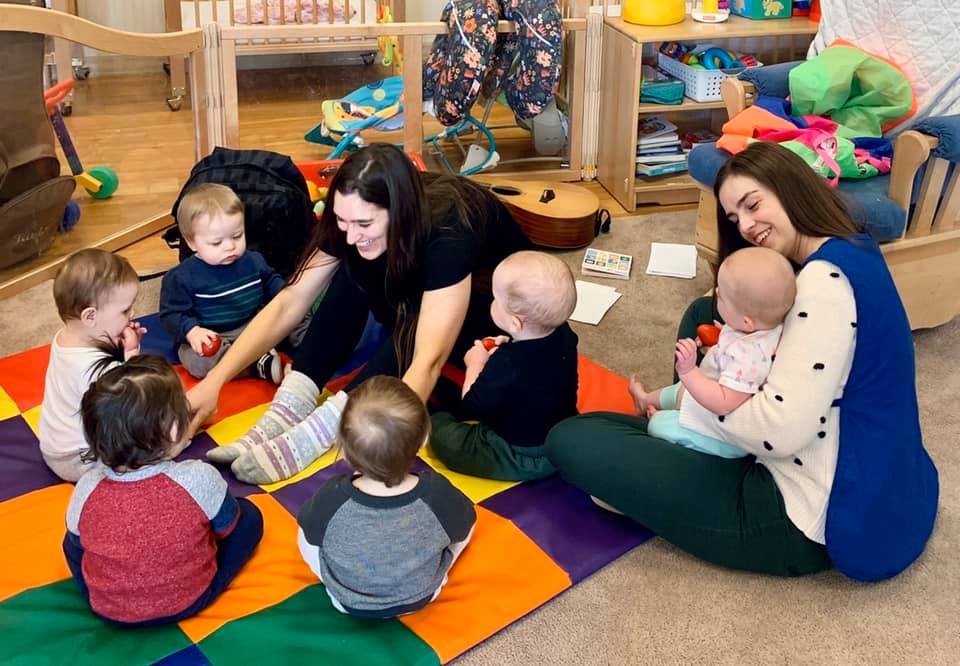
In our research, we aimed to answer two questions:
- What components of the lesson plans contributed to a successful classroom environment?
- How can we transform our lesson plans to ensure that teachers get all of the information they need to successfully implement activities?
Through our efforts over several months, we answered each of these questions and more. Here’s what we found along with reactions from our teachers:
- When the BRAVO! Curriculum is used, children are more engaged in their learning experience and the occurrence of challenging behaviors decreases. “As for managing my classroom with the curriculum, it works. I felt like it was easier to manage, I felt like my friends were busier, they were happier, and they were engaged throughout the day. […] I’ve been trying to do a lot more […] so it’s definitely kind of changed my mind set on it.”
- If an activity is open-ended with many ways to use the materials—children will return to it many times throughout the day. During activities of this nature, they are developing a brand new understanding of the world around them. Teachers also appreciated the open-ended nature of our learning activities. “It’s real cool when I can provide that [open-ended experience] for the children and explain why, or even just observe and see if they need something or how they react with other. That’s why I let them take a lot of the lead on things, because then I can learn so much on their development and where they need more help.”
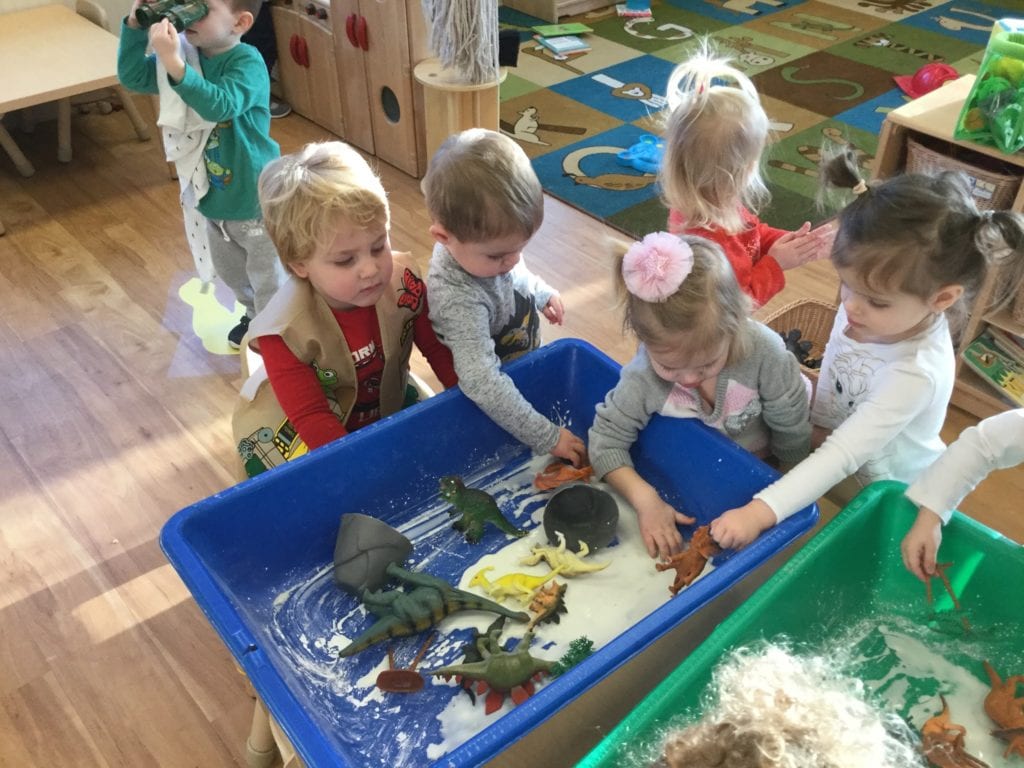
- Both social-emotional learning and cognitive experiences have to co-exist in order to provide a high-quality learning environment where children remain engaged. One without the other creates an unsteady foundation. Teachers were more successful when they focused on both social-emotional and cognitive learning—and the lesson plans supported creating this type of environment. “If a child is having a [hard] time in a group setting, then they can take a step back, still be doing an activity, still be engaged, […] but they’re taking their time to know their body and when they’re ready to rejoin the group.”
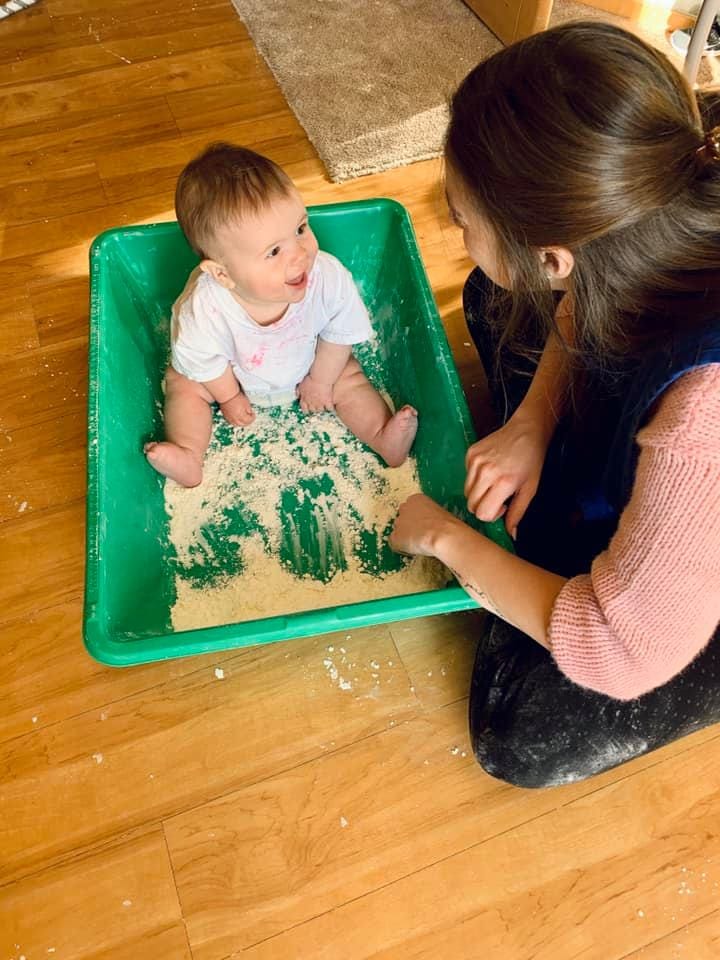
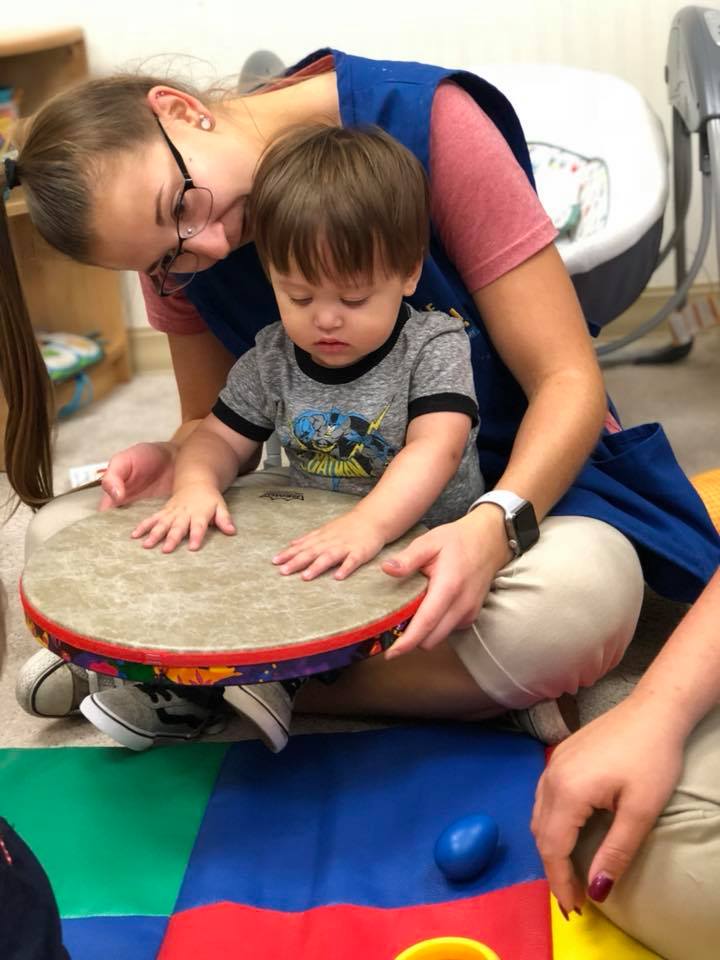
- Children move quickly from one activity to the other – during one of my observations a child moved to 5 different activities in a 30 minute period! If there is nothing to catch a child’s interest within a few steps they create their own interest. Our BRAVO! curriculum’s intentional classroom set-up, and multiple activities available throughout the room, allowed children to continue self-guided, engaged, learning and play.
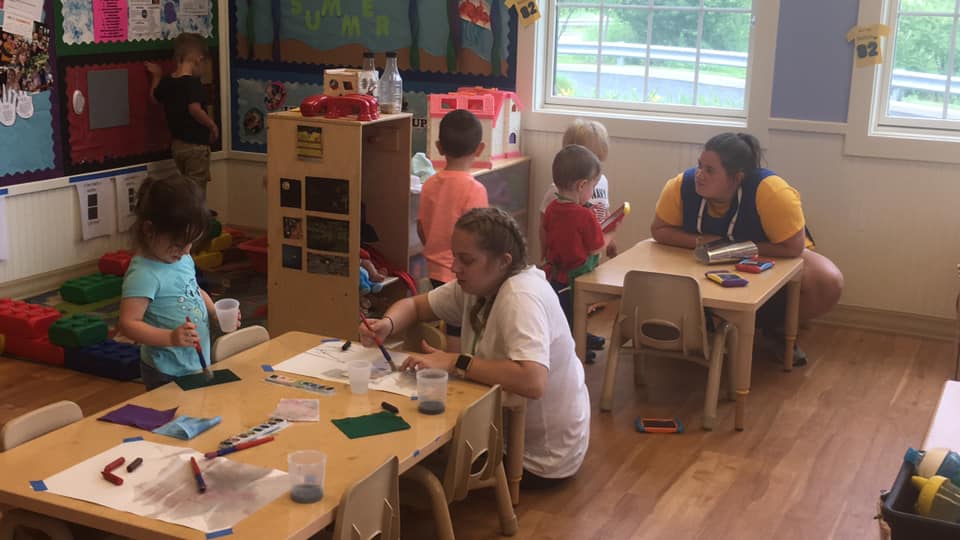
- If an environment does not meet the interest of the child, the child will change the environment to meet their interest. Using the Bravo! lesson plans provides a balance of activities that go beyond teacher bias to ensure that multiple learning options are available to meet many different learning styles. “[The children] were asking so many questions and they were engaging in [the dramatic play center] for a very long time. Even in the afternoon they kept going back to the dramatic play center.”
This was all pretty fascinating to observe. As a result of our research project, we were able to make science-based adjustments to our lesson plans and implement for the current school year.
We are thrilled about these additions and are proud to continue to enhance our program for the children in our care:
- Dramatic play prop boxes available in the classroom to support children’s desire to pretend and relate directly to the theme being experienced in the classroom.
- An enhanced kindness curriculum called “Social-Emotional Skill Building” with activities that focus on providing teachers with concrete activities to help develop children’s social-emotional skills. For example, toddlers may play a simple ball passing game.
- Infant lesson plan specific changes with special attention to caregiving routines throughout the day.
- A brand new circle time routine and suggestions for toddler classrooms.
- Lesson plan activities intentionally written to allow for multiple outcomes at once, depending on the interests of the children.
- Opportunities for teaching built directly into the activities, showing teachers how they can use one material to teach about sizes, shapes, colors, measuring, etc.
We are inspired and excited to continue our research for the preschool and pre-k age groups in 2020!

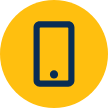 1.866.668.5111
1.866.668.5111  6:30 am - 6:00 pm
6:30 am - 6:00 pm 
 Give a Happy High Five!
Give a Happy High Five!

